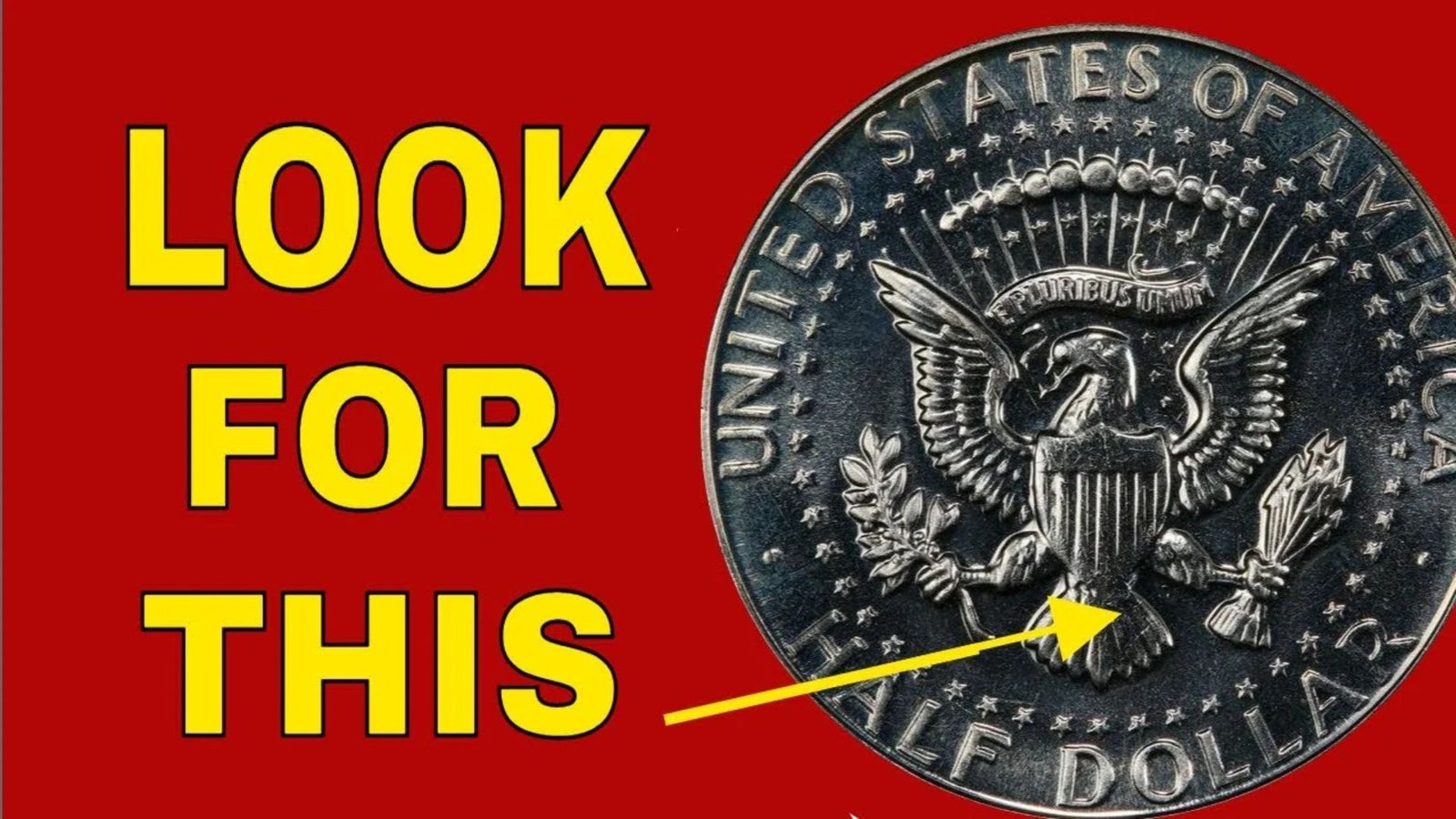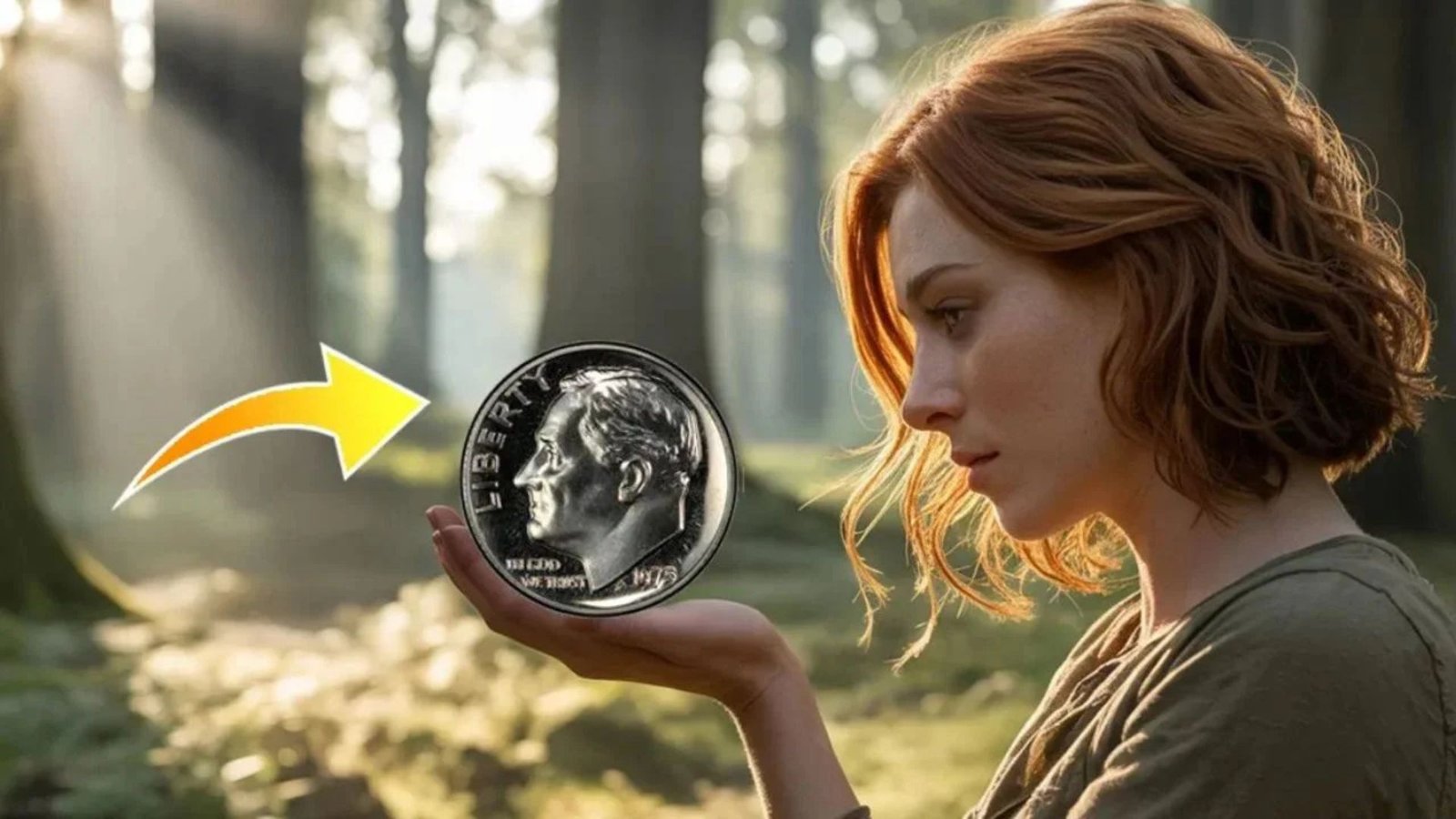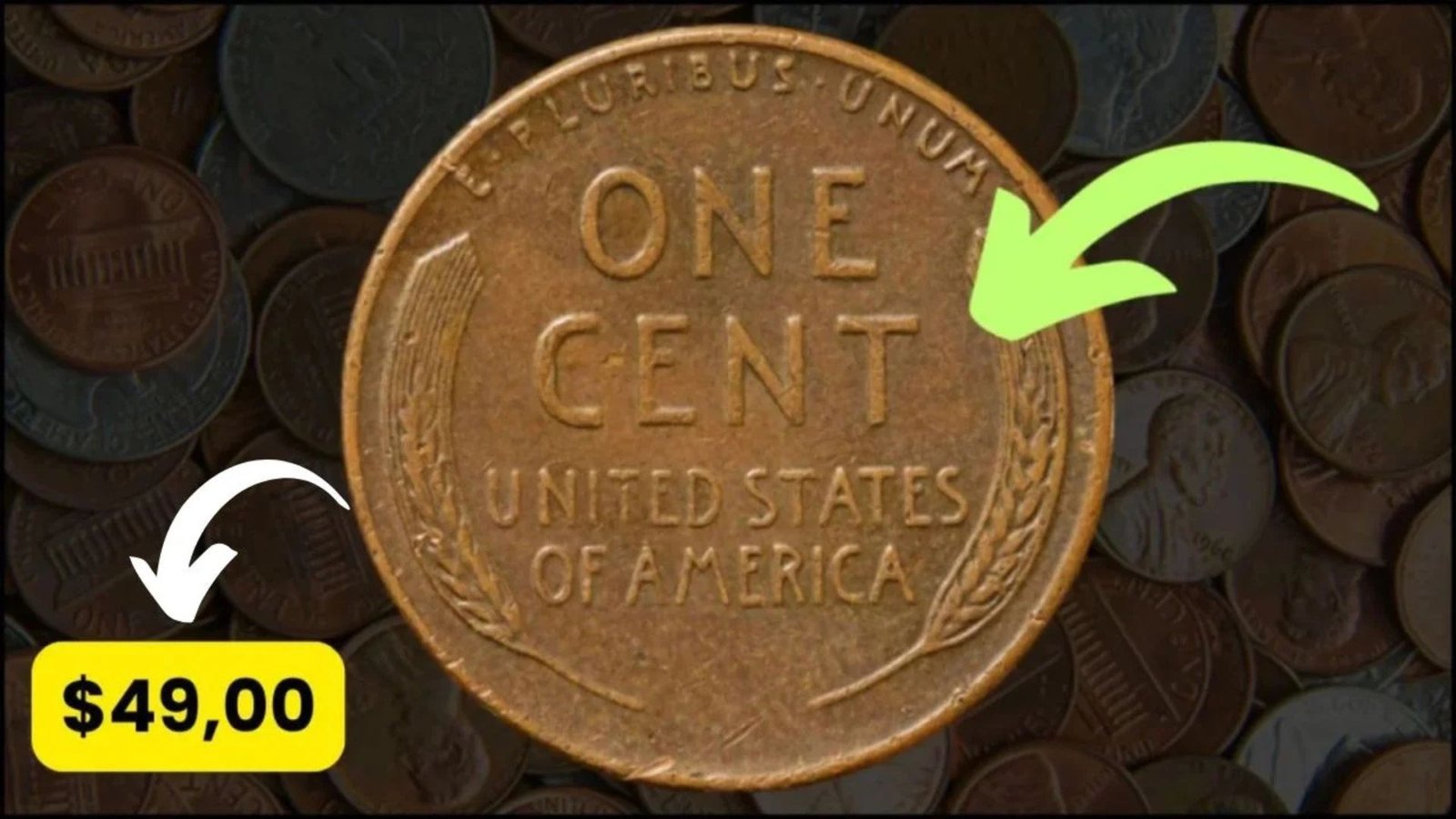Have you ever checked your wallet for rare bills? Believe it or not, a specific $10 bill from years past could be worth a fortune—potentially up to $3 million! This ordinary-looking piece of currency is still legal tender, meaning you can spend it like any other money, but its value to collectors is extraordinary. In this article, we’ll break down why this $10 bill is so special, how to spot it, and what makes it so valuable in simple terms. Let’s dive into this exciting discovery!
Why Is This $10 Bill So Valuable?
Some old $10 bills are worth far more than their face value due to unique features or historical significance. Collectors hunt for these rare bills because of their rarity, condition, or printing errors. The specific $10 bill in question is a rare find from a limited print run, making it highly sought after in the world of numismatics (coin and currency collecting).
Key Features of the Rare $10 Bill
To identify this valuable $10 bill, you need to know what to look for. Here are the main characteristics:
| Feature | Details |
|---|---|
| Year of Issue | Printed in 1933 or 1934, part of a specific series of silver certificates. |
| Serial Number | Unique serial numbers, often starting with a specific letter or combination. |
| Design | Features a portrait of Salmon P. Chase, a notable U.S. historical figure. |
| Condition | Bills in pristine, uncirculated condition fetch the highest prices. |
| Special Markings | Look for specific plate numbers or errors, like misprints or star notes. |
Historical Significance
This $10 bill is tied to a unique period in U.S. history. Issued during the Great Depression, these silver certificates were part of a time when the government allowed holders to redeem them for silver. Only a small number of these bills were printed, and even fewer have survived in good condition, making them incredibly rare today.
How to Identify the Valuable $10 Bill
Spotting this bill requires a keen eye. Here’s a step-by-step guide to help you check if you have one:
- Check the Date: Look for a $10 bill from 1933 or 1934. The date is usually printed on the front.
- Examine the Serial Number: The serial number should have a unique combination, sometimes including a star symbol.
- Inspect the Design: Confirm it’s a silver certificate with Salmon P. Chase’s portrait.
- Look for Errors: Printing mistakes, like misaligned numbers or text, can increase the bill’s value.
- Assess Condition: Bills that look brand new, with no folds or tears, are worth more.
Where to Find These Bills
You might stumble upon this rare $10 bill in unexpected places:
- Old Collections: Check family heirlooms, old wallets, or inherited coin collections.
- Flea Markets or Antique Shops: Sometimes, rare bills are tucked away in unassuming places.
- Bank Transactions: Cash from older transactions might include these bills.
Why Collectors Pay Millions for This Bill
The value of this $10 bill comes down to supply and demand. Here’s why collectors are willing to pay millions:
- Limited Supply: Very few of these bills were printed, and even fewer remain today.
- High Demand: Wealthy collectors and museums compete for rare currency, driving up prices.
- Historical Value: The bill’s connection to the Great Depression adds to its appeal.
- Condition Matters: A bill in perfect condition can fetch top dollar at auctions.
Auction Records
In recent years, similar rare bills have sold for jaw-dropping amounts. For example, a pristine 1933 $10 silver certificate sold for $3 million at a high-profile auction, setting a record for U.S. paper currency.
How to Sell a Rare $10 Bill
If you think you have this valuable bill, here’s how to cash in:
- Get It Appraised: Take it to a professional numismatist or currency dealer for an expert opinion.
- Authenticate It: Ensure the bill is genuine to avoid scams or fakes.
- Choose a Selling Method: Options include auctions, private collectors, or currency dealers.
- Protect the Bill: Store it in a protective sleeve to maintain its condition.
Tips for Safe Selling
- Work with reputable dealers or auction houses.
- Avoid cleaning or altering the bill, as this can lower its value.
- Research recent sales of similar bills to understand market value.
Conclusion
A $10 bill worth $3 million might sound like a dream, but it’s real! By learning to identify this rare silver certificate from 1933 or 1934, you could uncover a hidden treasure in your wallet or an old collection. Check for the key features, like the date, serial number, and condition, and consult an expert if you think you’ve found one. Who knows? Your next big discovery could be just a bill away!
FAQs
What makes a $10 bill worth $3 million?
A $10 bill from 1933 or 1934, especially a silver certificate with unique features like a specific serial number or printing error, is extremely rare and highly valued by collectors.
How can I tell if my $10 bill is valuable?
Look for a 1933 or 1934 silver certificate with Salmon P. Chase’s portrait, a unique serial number, and excellent condition. Consulting a currency expert is the best way to confirm.
Where can I sell a rare $10 bill?
You can sell it through reputable auction houses, currency dealers, or private collectors. Always get it appraised first to ensure you get a fair price.
Are all old $10 bills valuable?
Not all old $10 bills are worth millions. Only specific ones, like the 1933 or 1934 silver certificates with rare features, command such high prices.
Can I still use this $10 bill as money?
Yes, it’s still legal tender, but its collector value is far greater than its face value, so spending it would mean losing out on potential millions!
Tags: rare $10 bill, valuable currency, silver certificate, numismatics, collectible money, rare bills, $3 million bill, 1933 $10 bill, 1934 $10 bill, currency collecting











1 thought on “This $10 Bill Is Still Legal Tender – And Could Be Worth $3 Million”